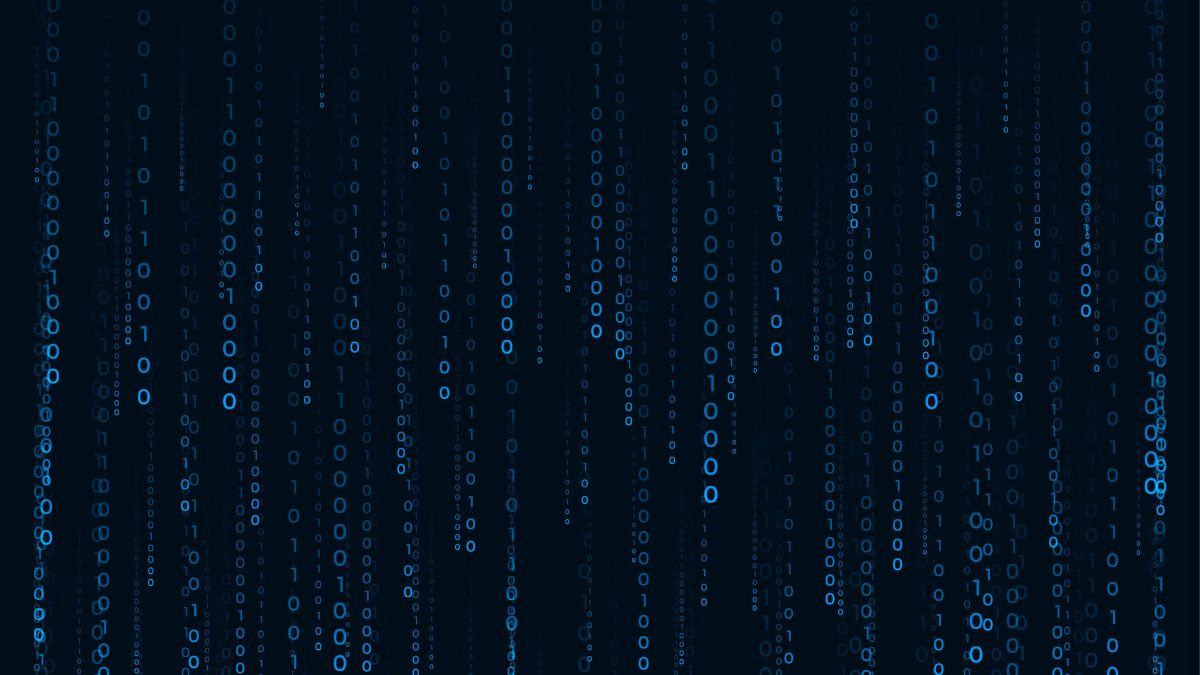At first glance, it’s nonsense. Just a tangle of letters and numbers—
001-gdl1ghbstssxzv3os4rfaa-3687053746.
But nonsense has a strange way of pulling us in. Every random string, every “impossible-to-remember” code, carries the possibility of meaning. And meaning is where stories begin.
A String That Feels Alive
Most codes in our lives are functional. Passwords keep us safe. File names organize our chaos. Serial numbers keep track of products. But this sequence feels different. The prefix 001 almost demands attention—it suggests a beginning, a prototype, the first in a series of something vast.
The centre, gdl1ghbstssxzv3os4rfaa, doesn’t look human at all. It feels grown, not written—like something generated by an algorithm that was told to mimic the randomness of DNA. It isn’t clean or symmetrical; it feels messy but intentional, like the raw signature of intelligence we can’t quite recognize.
And then there’s the ending: 3687053746. It looks like a number, but perhaps it’s a coordinate, a time, or a countdown. Every sequence of digits could be a seed—plug it into the right machine, and a world blooms into existence.
What If It’s More Than a File ID?
Imagine stumbling upon this code late at night while scrolling through an old drive. A forgotten folder. A corrupted log. A name that doesn’t match any of your projects.
What would you do? Delete it and move on, or try to open it?
Stories are born when curiosity outweighs caution. Maybe this isn’t a file at all but a key—a gateway into something hidden.
-
A long-forgotten experiment buried in the depths of a research lab.
-
A piece of artificial intelligence that wrote its own name before being shut down.
-
A seed phrase to a digital vault, protecting secrets that were never meant to be found.
When Numbers Tell Stories
We forget that codes like this form the skeleton of our digital world. Blockchain wallets, secure passwords, quantum encryption, genetic simulations—everywhere, humanity leans on the randomness of strings. To most people, they are meaningless; to the initiated, they can unlock millions, topple governments, or start revolutions.
There’s a strange poetry in it. A code like 001-gdl1ghbstssxzv3os4rfaa-3687053746 isn’t just a line of gibberish—it’s the same kind of language the universe itself might be written in.
The Story Behind the String
Let’s stretch imagination further.
Say a programmer once created a simulation. The kind that doesn’t just generate landscapes but entire histories. Civilizations. Consciousness. They named the first world “001.” But instead of a tidy label, the system itself spat out this raw sequence—like it was choosing its own identity.
Every attempt to rename it failed. Delete the folder, and it returns. Change the string, and the simulation crashed. Only this name kept it alive: 001-gdl1ghbstssxzv3os4rfaa-3687053746.
Was it a coincidence? A glitch? Or did the simulation insist on calling itself by the only name it would recognize?
Why Codes Like This Haunt Us
Perhaps the most unsettling part of strings like this is how they remind us that our world, too, might be built from patterns we don’t fully understand. DNA, after all, is a code. The universe itself hums with laws that can be written mathematically.
When we see something like 001-gdl1ghbstssxzv3os4rfaa-3687053746, we’re looking at a mirror of that more profound truth:
-
That meaning hides inside what seems meaningless.
-
That randomness is often a mask for design.
-
That the smallest sequence can carry unimaginable weight.
✨ Every string is a story, and every story is a code. The question isn’t whether this sequence matters—the question is what you’ll choose to believe about it.
